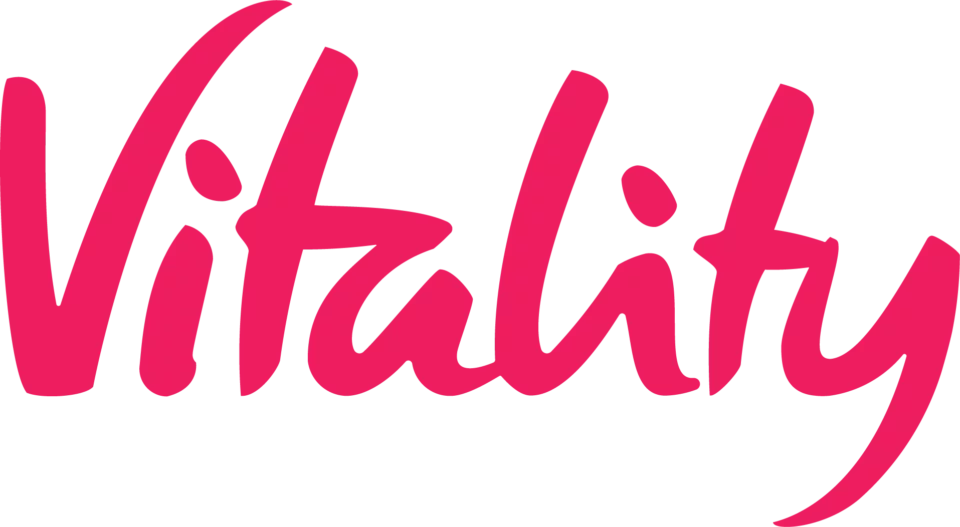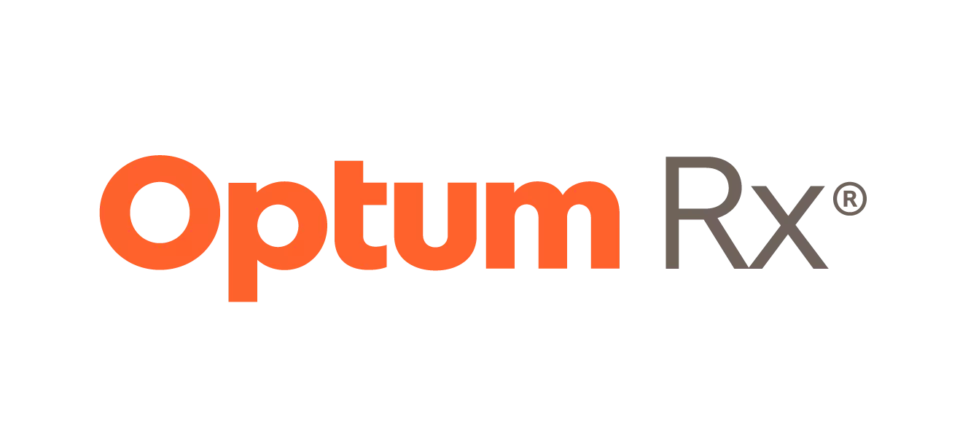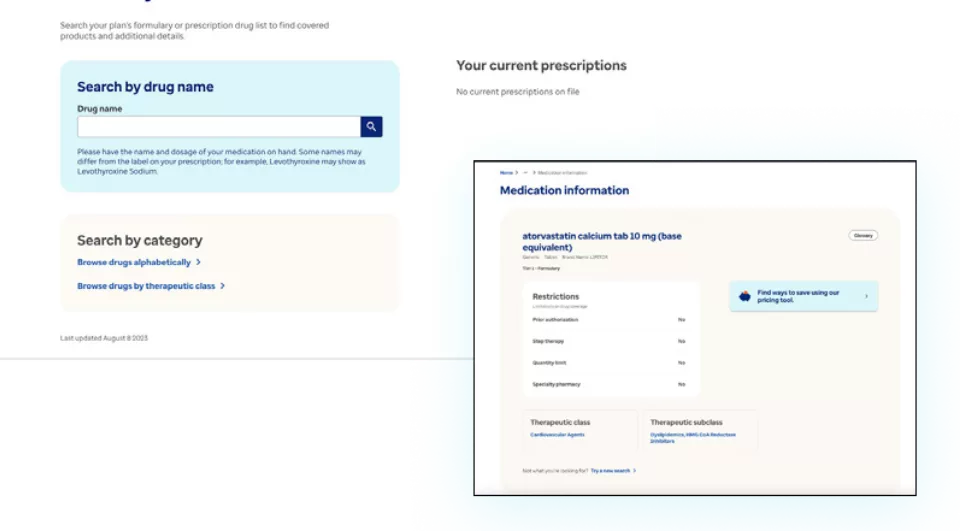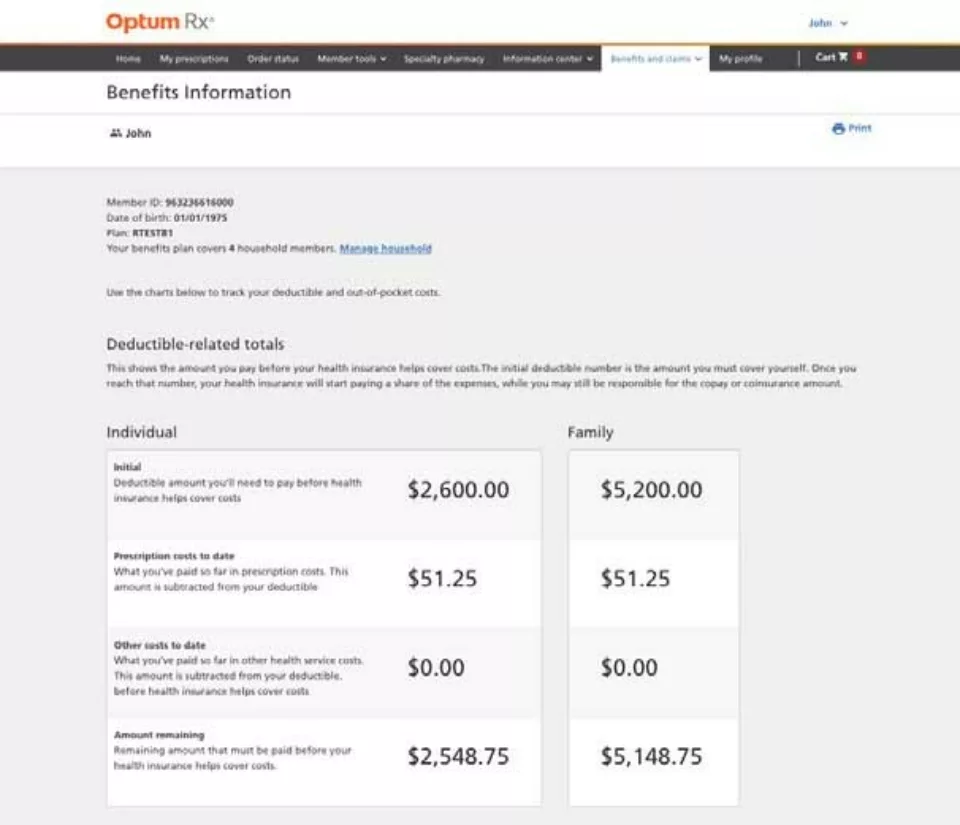WHAT’S THE DIFFERENCE BETWEEN ACUTE AND CHRONIC MSK CONDITIONS?
Musculoskeletal (MSK) conditions are one of the most common causes of disability, lost productivity and pain. In fact, the majority of adults will develop an MSK issue at some point in their lives.
Whether acute or chronic, it’s important to treat MSK pain promptly and properly before the condition worsens and leads to even more serious problems (and bigger medical expenses) later on. Some physical therapy solutions are designed to address only chronic MSK conditions. At Sword Health, we believe acute MSK pain needs to be taken as seriously as chronic disorders. Supporting members at every stage of their healing journey helps them stay healthy and helps companies to control healthcare spend.
In this article, we’ll learn about the difference between acute and chronic MSK disorders and explain how physical therapy can help achieve better outcomes.
WHAT IS AN ACUTE MUSCULOSKELETAL CONDITION?
Acute MSK conditions are ones that develop suddenly and usually last only for a short period of time. A very common example is a sprained ankle as a result of an accidental fall. Other examples include a bone fracture, dislocated shoulder, or a torn tendon.
A “sub-acute” injury refers to the timeline involved, not the severity. A condition enters the sub-acute phase after the initial acute injury or pain, usually three days. A sub-acute condition can be just as painful as an acute condition.
WHAT IS A CHRONIC MUSCULOSKELETAL CONDITION?
Chronic MSK conditions are long-term conditions that persist over time and can involve continuous or intermittent symptoms. Common examples include arthritis, repetitive strain injury (RSI), tendinitis, carpal tunnel syndrome (CTS) and low back pain.
Living with a chronic MSK condition often means living with chronic pain for months or years, which can severely affect quality of life, productivity and mental health.
WHAT IS THE DIFFERENCE BETWEEN ACUTE AND CHRONIC MSK CONDITIONS?
The main difference between acute and chronic MSK conditions is the duration of symptoms experienced by the patient. Acute MSK conditions last a few days or weeks and usually do not require lengthy treatments. Conversely, chronic MSK conditions can afflict individuals for months or years and often require long-term treatment and prescription medication to manage. They can result in prolonged pain, disability and poor quality of life if not properly addressed.
Acute conditions can become chronic conditions when the pain or dysfunction lasts more than 12 weeks. The most common reason why an acute condition may become chronic is not getting the proper treatment during the acute phase. This is why it’s critical that people in pain get the right care at the right time — before the condition leads to more pain, longer treatments and more costs.
At Sword, we offer care for both acute and chronic conditions because we know that addressing MSK issues early on means better health outcomes and fewer expenses — for both employees and employers.
CAN PHYSICAL THERAPY HELP BOTH ACUTE AND CHRONIC MSK CONDITIONS?
Yes. Physical therapy is a commonly recommended treatment for acute and chronic MSK conditions with proven benefits, including pain relief, increased mobility and strength and reduced reliance on surgery and medication.
Sword Health offers a digital physical therapy solution that addresses the full spectrum of care, from acute to chronic to post-operative recovery. Every member is matched with a licensed doctor of physical therapy who customizes a treatment plan for each individual based on their specific injury, goals and challenges. This high-touch care model is one reason Sword has the highest engagement and adherence rates in the digital PT space.












